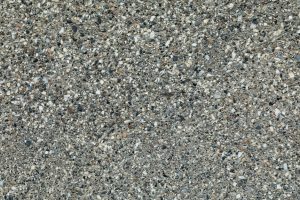Providing superior energy efficiency and safety, glass insulation features innovative layers that can significantly impact your comfort and savings—discover how next.
Because fire-rated expanding foam is crucial for safety, understanding its features and proper application can make all the difference in emergencies.
Meet expanding foam filler, a versatile sealing solution that transforms DIY projects—discover how it can perfect your home repairs today.
Discover how Ewi Insulation can transform your building’s energy efficiency and weather resistance, but understanding its complete benefits requires further exploration.
Gaining superior thermal insulation with eco-friendly durability, Dritherm 32 offers unmatched benefits for cavity wall insulation, making it a compelling choice.
A trusted supplier since 1869, Dove Builders Merchants offers quality building materials across northern England and the Scottish Borders, ensuring your project’s success.
Narrowing down the perfect domestic air conditioning unit requires understanding options, benefits, and how to optimize efficiency—continue reading to discover more.
Concrete with aggregate utilises various types such as gravel, crushed stone, or recycled materials to enhance strength and durability. Proper grading and shaping of these…
A highly effective insulation option that offers superior energy efficiency and moisture resistance, making it essential to explore its full benefits.
Narrowing down affordable insulation options can save you money; discover the best materials and tips to insulate cheaply without sacrificing quality.










